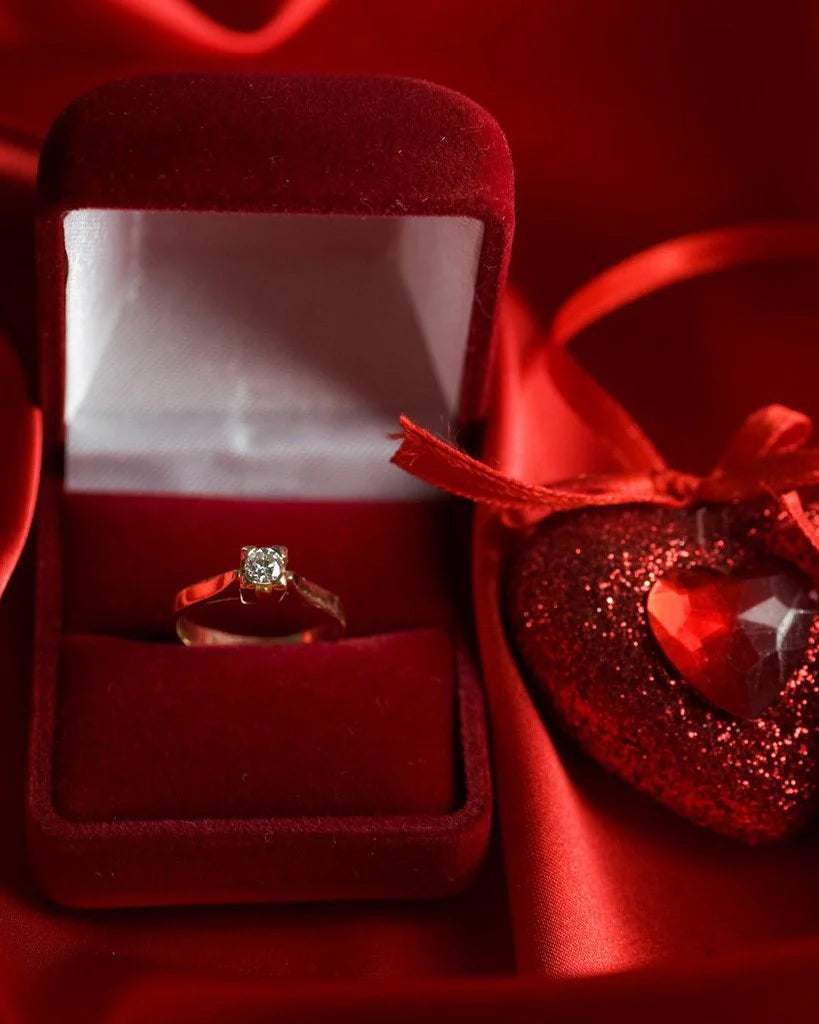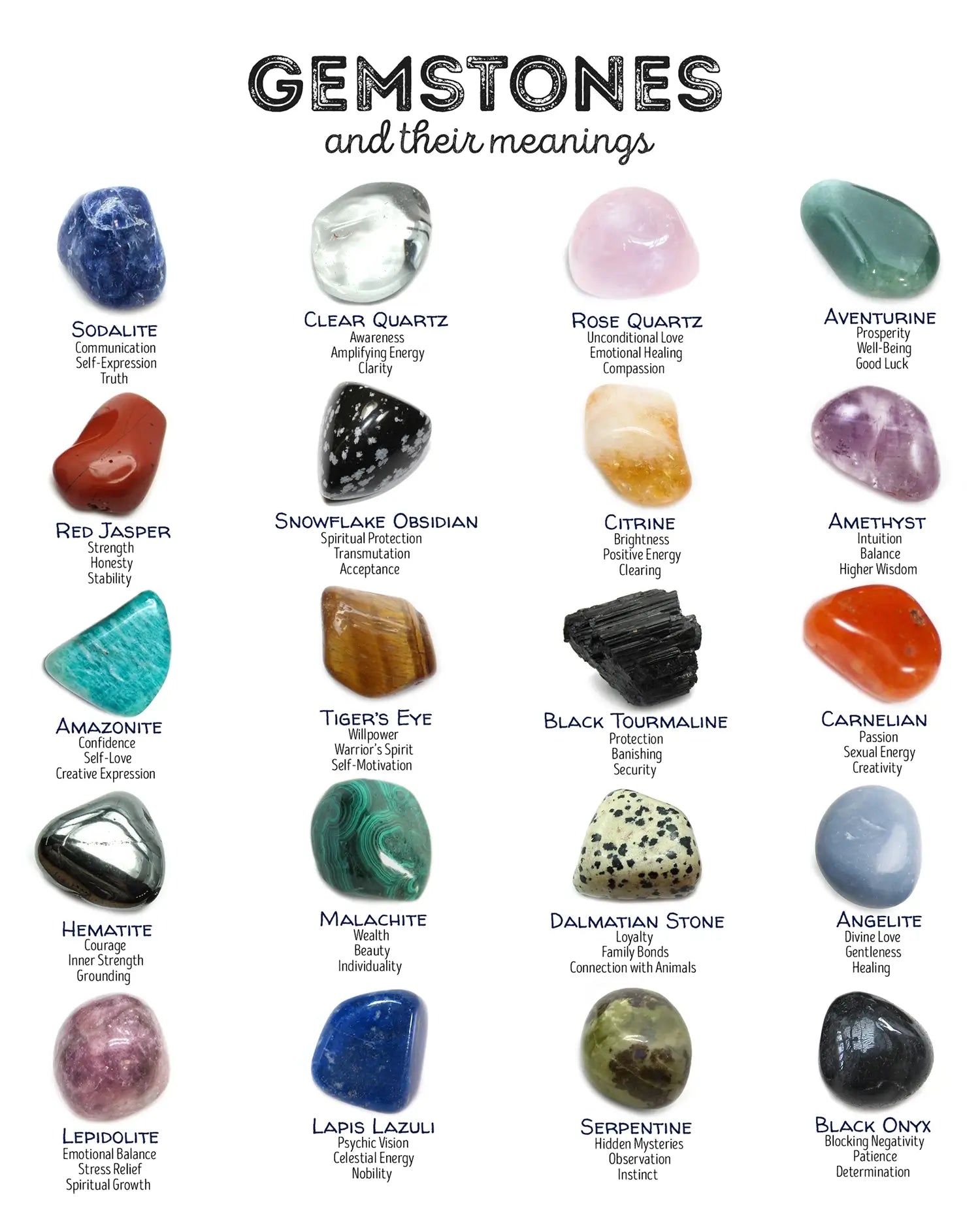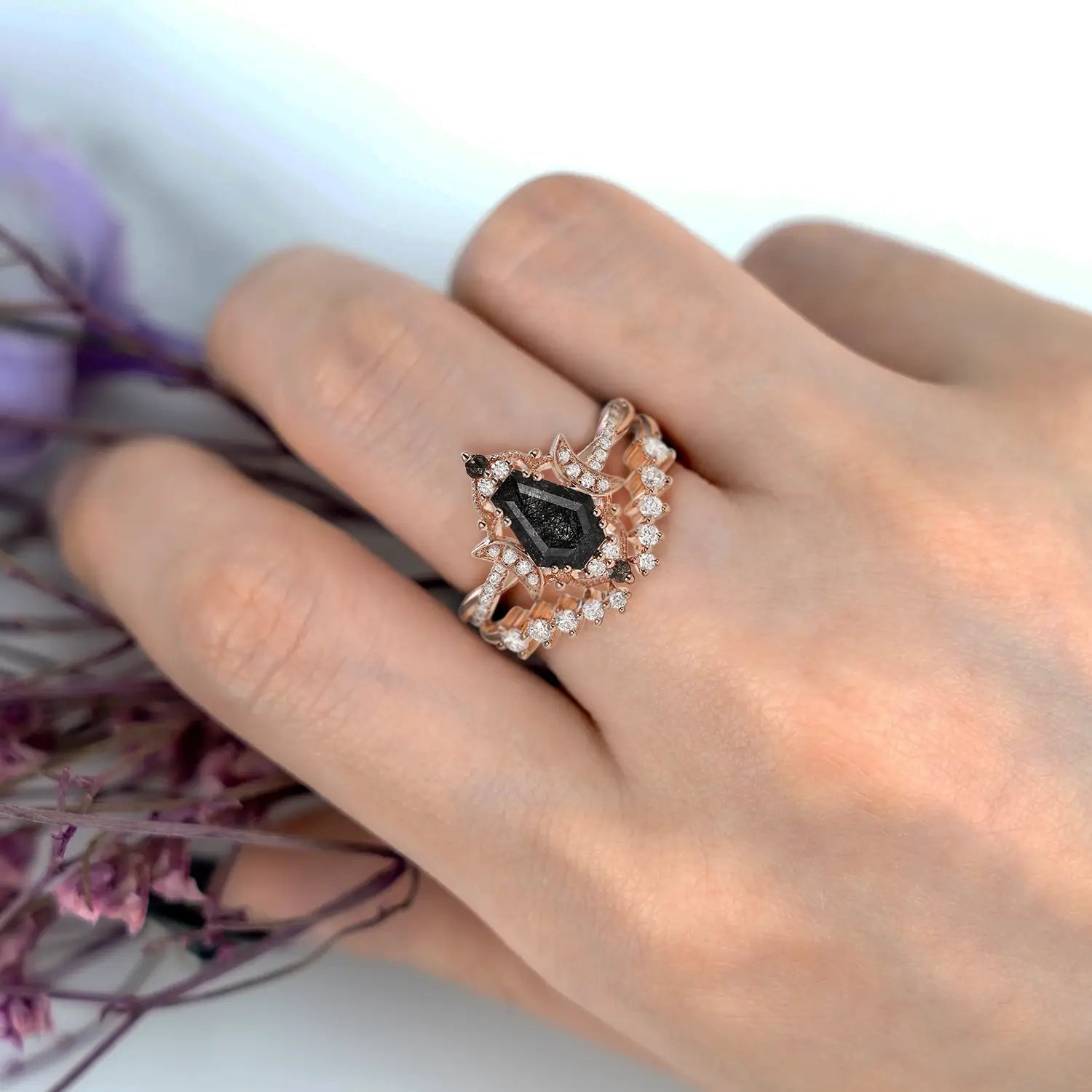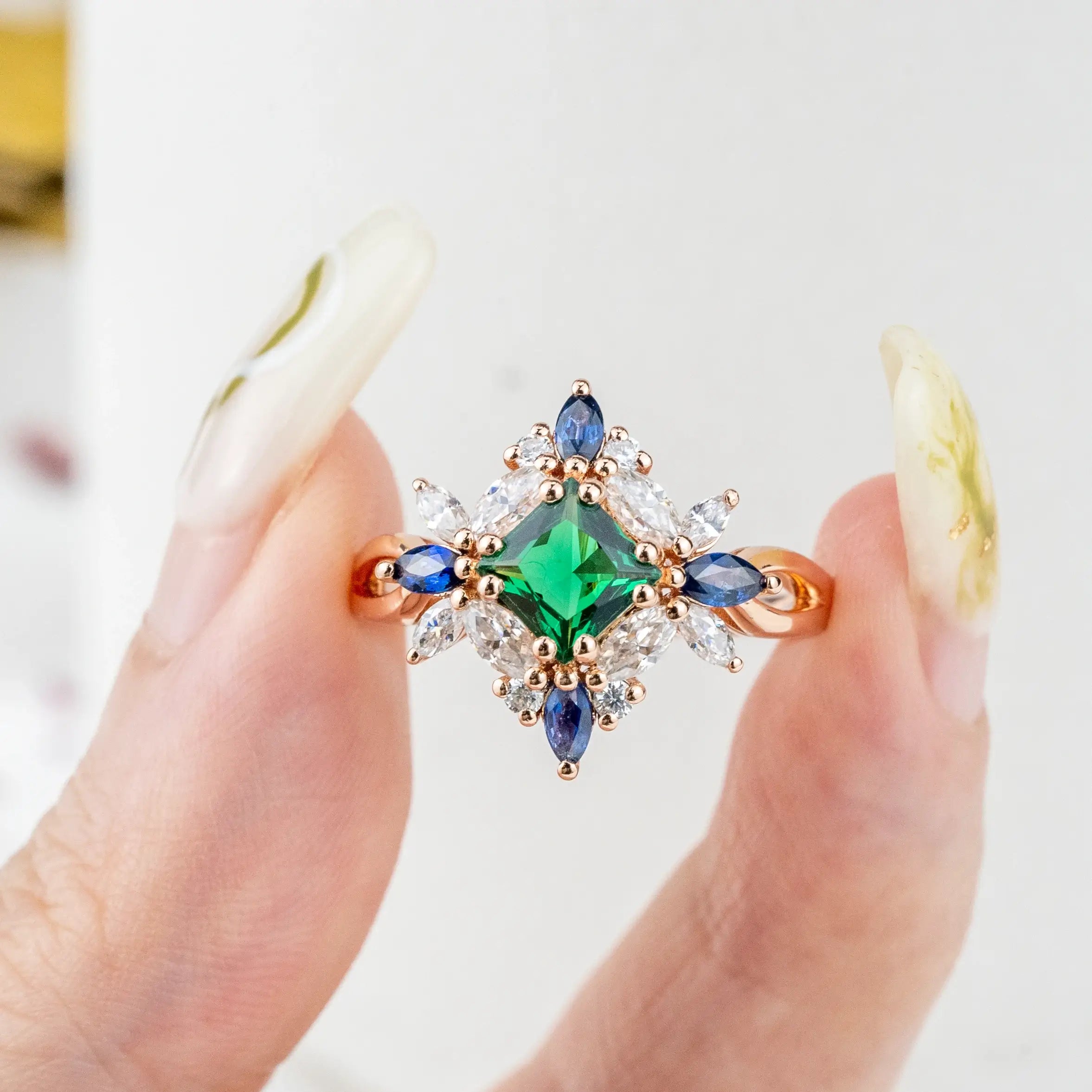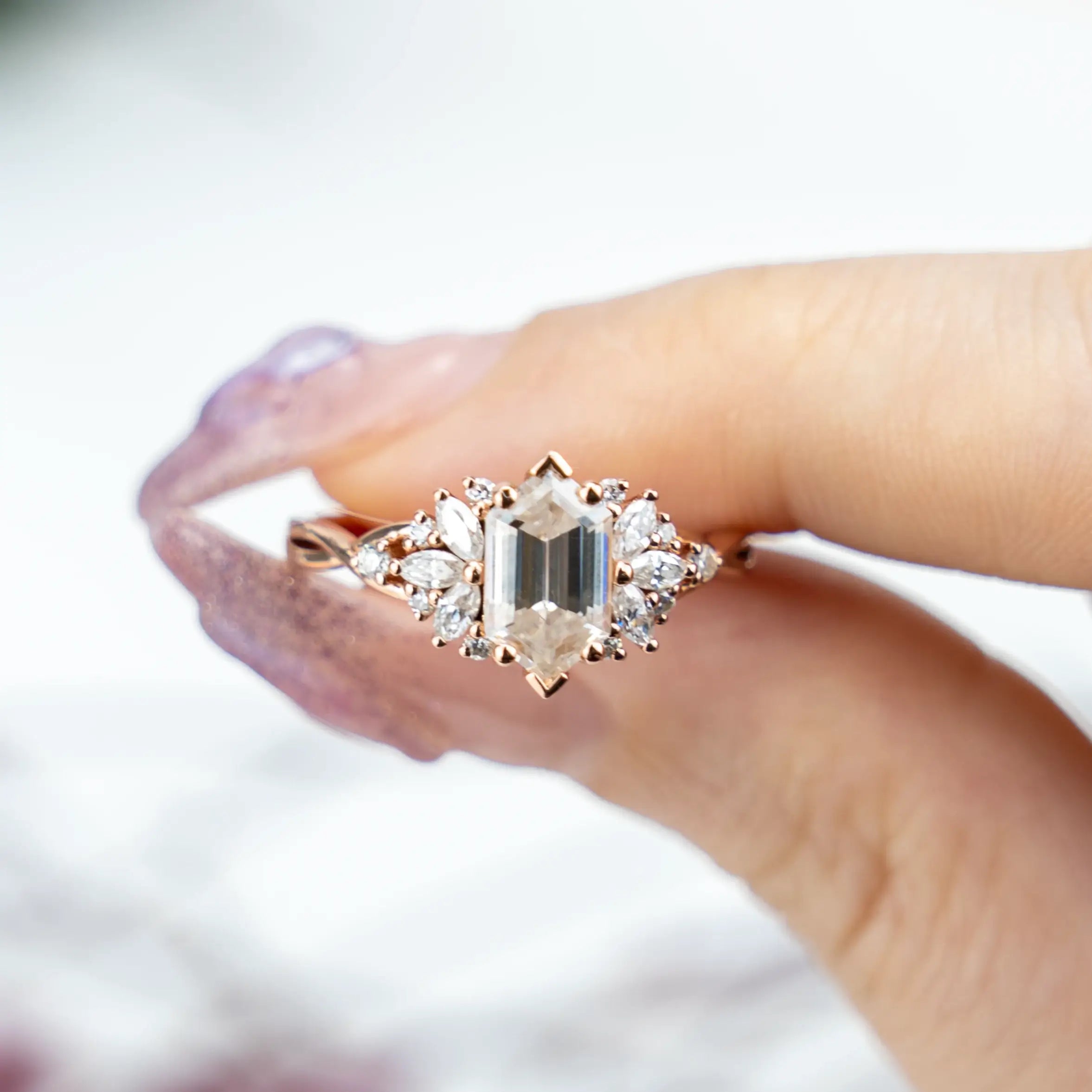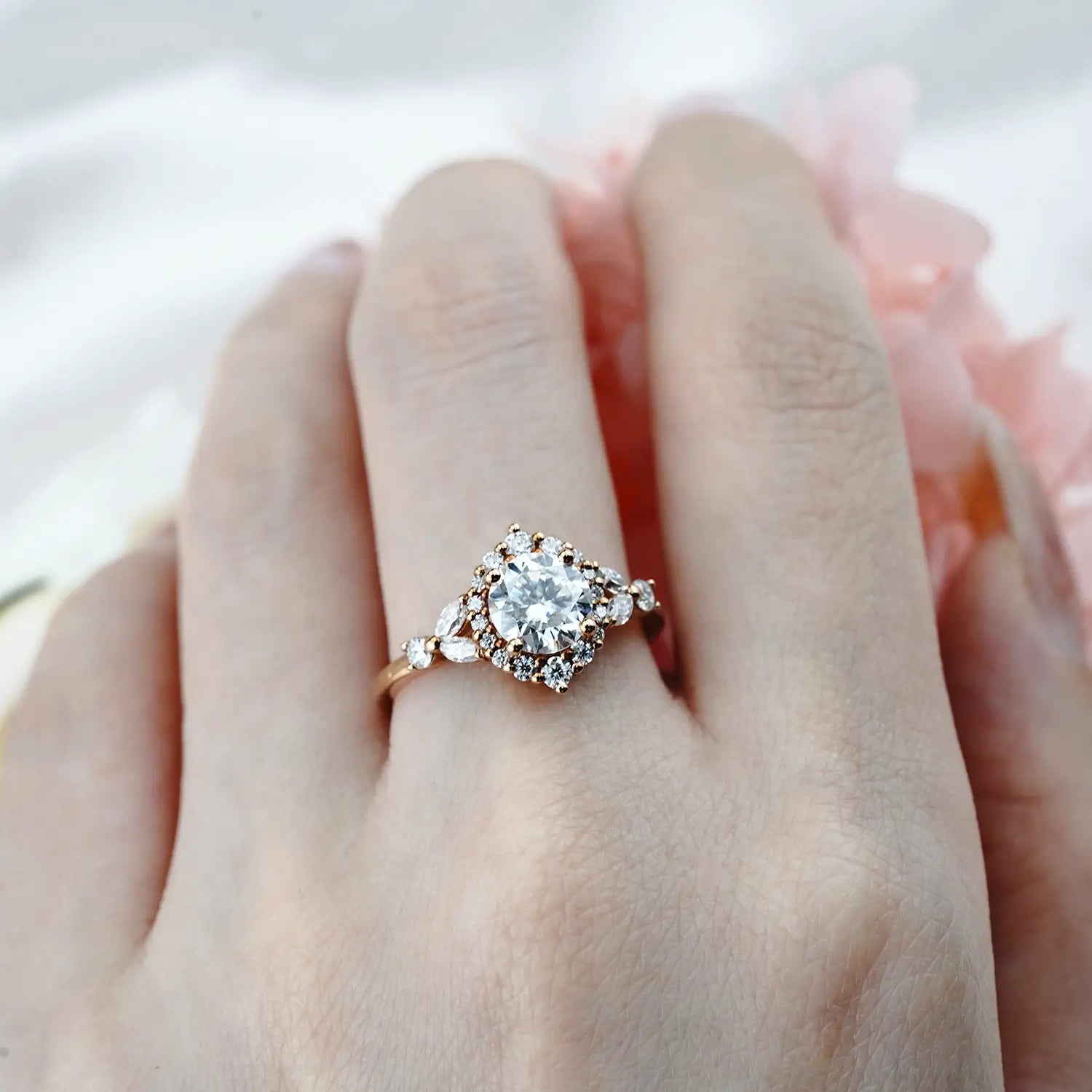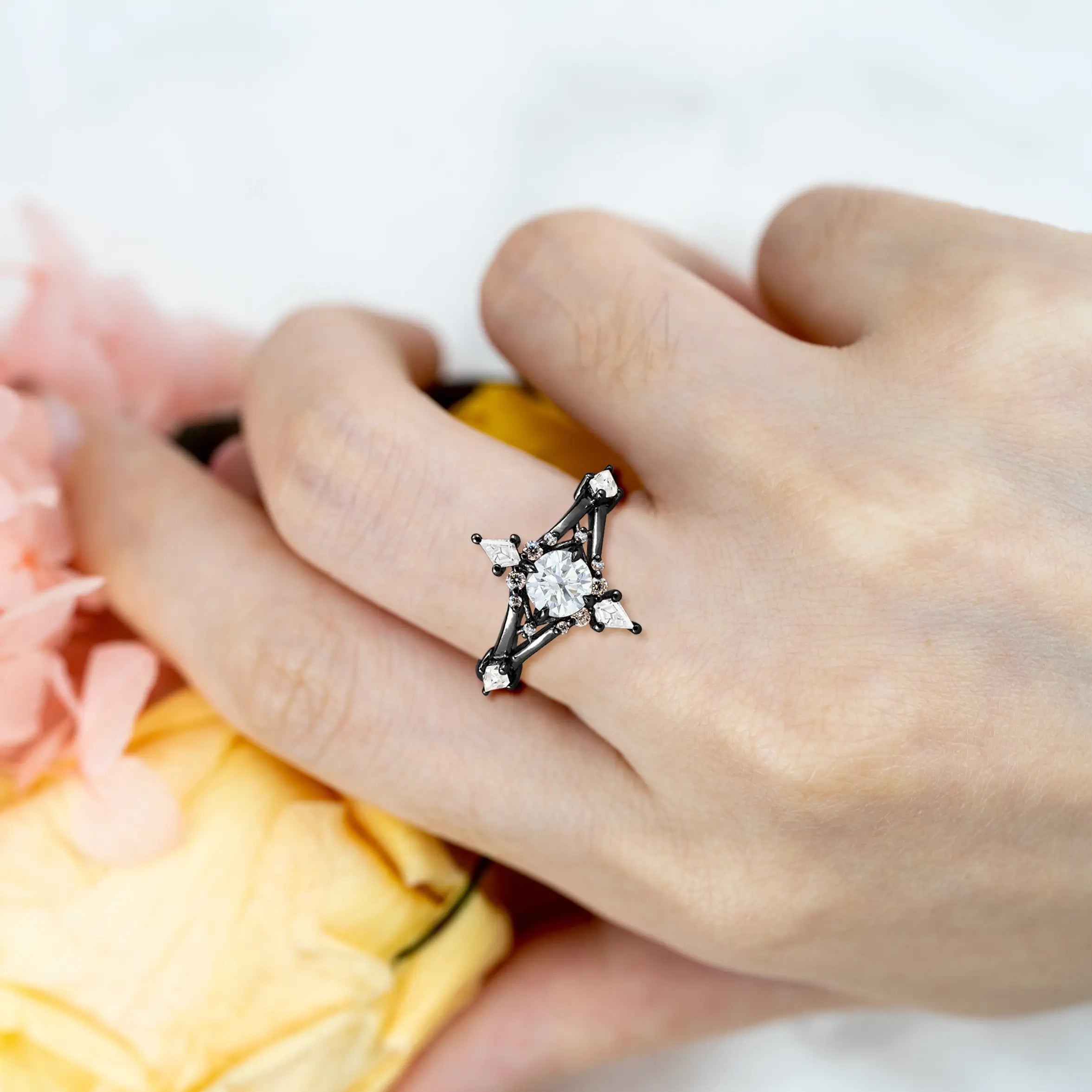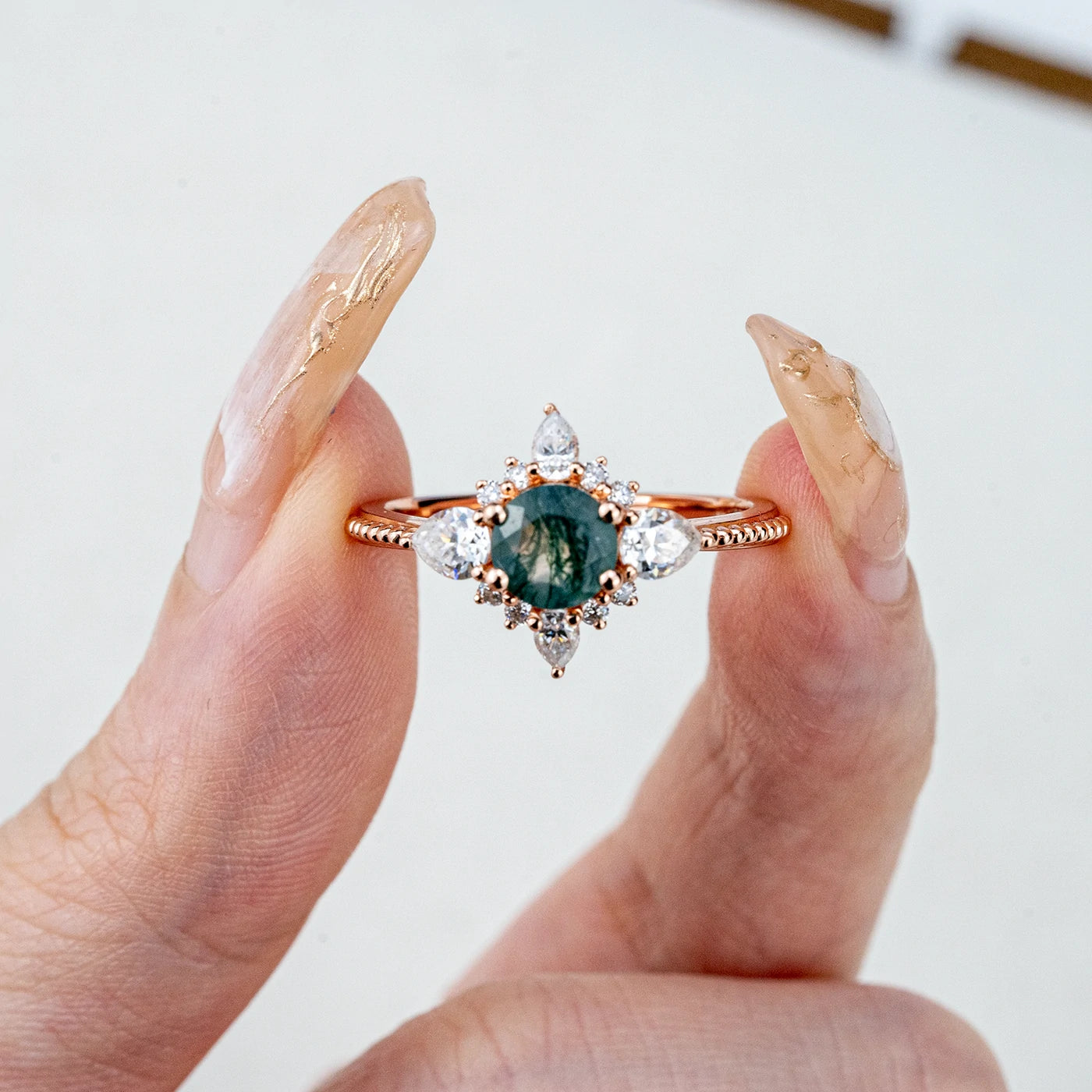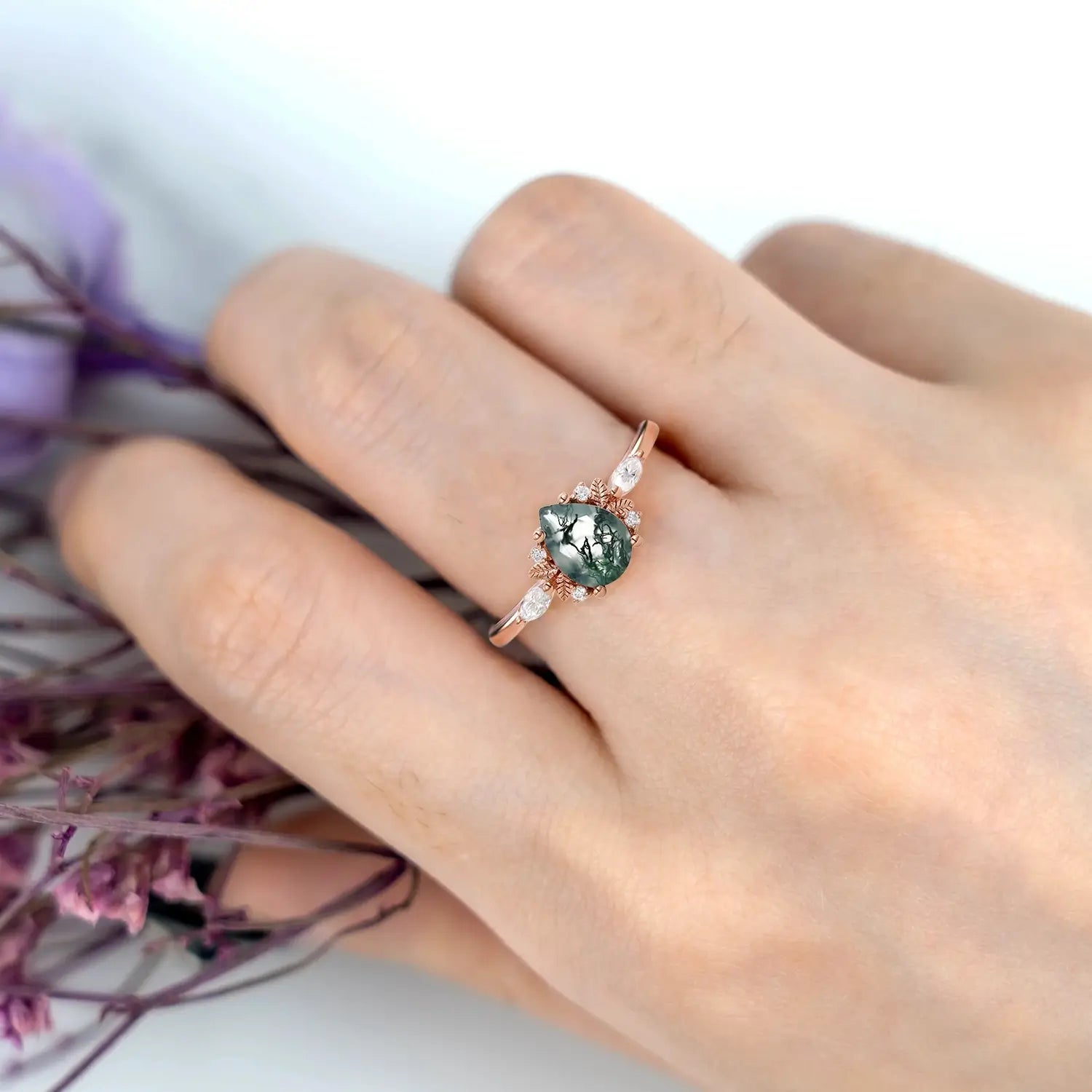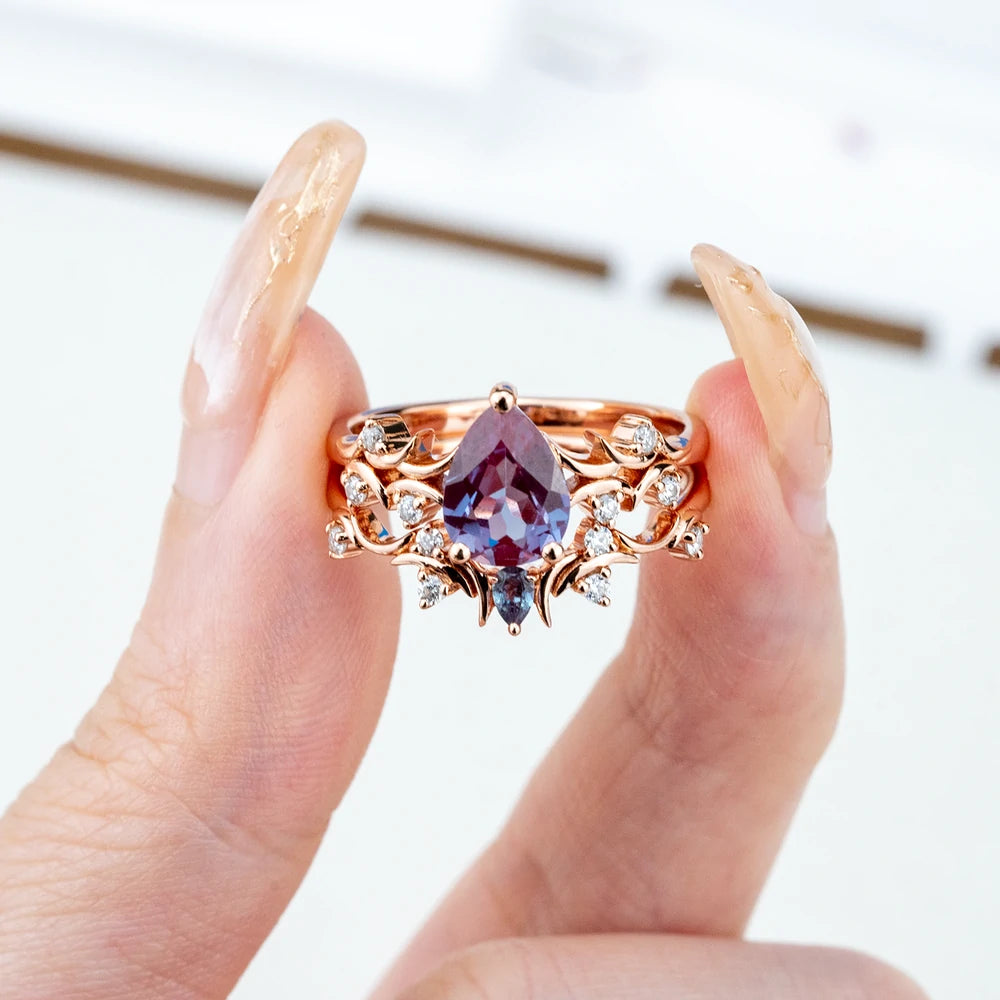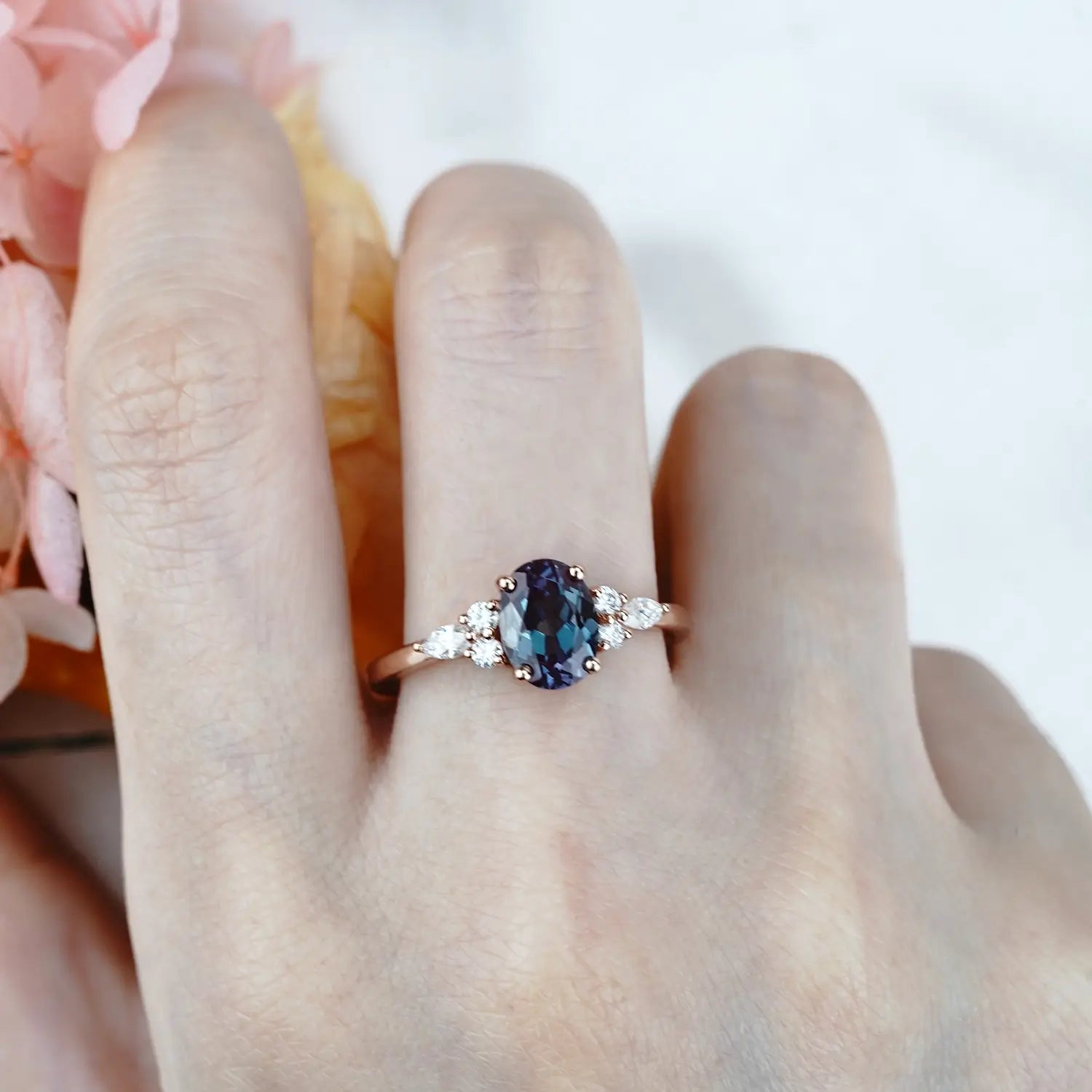Amethyst, the birthstone for February, has captivated hearts and minds for centuries with its enchanting violet hue and deep symbolic meanings. This gemstone, part of the quartz family, is celebrated for its beauty, historical significance, and metaphysical properties. From its roots in ancient civilizations to its modern-day prominence in jewelry, amethyst has transcended time as a symbol of clarity, peace, and regal sophistication.
In this article, we will delve into the rich history of amethyst, its scientific formation, symbolic meanings, and its role in jewelry design—particularly amethyst rings. With references to historical artifacts, cultural practices, and expert opinions, we aim to provide a comprehensive exploration of this beloved gemstone. Let’s uncover why amethyst remains an enduring treasure for February birthdays and beyond.
2. The Fascinating History of Amethyst

2.1 Ancient Origins and Mythology
Amethyst’s history is steeped in mythology and ancient beliefs. The name “amethyst” originates from the Greek word “amethystos,” meaning “not intoxicated.” In Greek mythology, amethyst was linked to the god Bacchus, the god of wine. According to legend, a maiden named Amethyst was turned into a clear crystal by the goddess Diana to protect her from Bacchus’s wrath. Filled with remorse, Bacchus poured wine over the crystal, giving it its characteristic purple hue. This connection to wine led to the belief that amethyst could prevent drunkenness and promote sobriety.
In Ancient Egypt, amethyst was prized for its protective properties. Pharaohs adorned themselves with amethyst jewelry, believing it could ward off harm and bring good fortune. Similarly, medieval European soldiers wore amulets of amethyst for protection in battle.
2.2 Amethyst Across Cultures and Eras
Amethyst’s popularity extended beyond Greece and Egypt. In Chinese Feng Shui, amethyst is used to balance energies and attract wealth. In the Middle Ages, the gemstone was revered by the Catholic Church and frequently used in bishops’ rings as a symbol of piety and spiritual wisdom.
During the Victorian era, amethyst experienced a surge in popularity as a gemstone for mourning jewelry, thanks to its somber yet regal appearance. The stone’s association with royalty continued, with figures like Catherine the Great and Queen Elizabeth II featuring amethyst in their personal collections.
3. The Science Behind Amethyst
3.1 Geological Formation
Amethyst forms in geodes within volcanic rocks. Its striking violet color results from the presence of iron impurities and natural radiation. The gemstone is predominantly found in Brazil and Uruguay, which produce some of the world’s finest specimens, but deposits are also found in Madagascar, Russia, and the United States.
3.2 The Chemistry of Purple
Amethyst’s unique coloration ranges from pale lavender to deep purple, with the most prized shade known as “Siberian amethyst.” This vivid purple hue often features red or blue undertones, enhancing its depth and brilliance.
3.3 Grading Amethyst
Amethyst is graded based on its color, clarity, cut, and carat weight. High-quality amethysts are eye-clean, free from visible inclusions, and display a uniform color distribution. Synthetic amethysts are common and often indistinguishable from natural stones without advanced testing.
4. Symbolism and Meaning of Amethyst
4.1 February Birthstone and Zodiac Connection
Amethyst is the traditional birthstone for February and is associated with the zodiac signs Aquarius and Pisces. It symbolizes clarity, balance, and tranquility, making it a meaningful gift for those born in this month.
4.2 Emotional and Physical Healing Properties
Amethyst is often called the “sobriety stone” for its historical association with clarity and calmness. Crystal enthusiasts believe it can:
-
Alleviate stress and anxiety.
-
Enhance focus and intuition.
-
Promote restful sleep and emotional balance.
4.3 Cultural Significance in Modern Times
Today, amethyst is a popular choice in holistic wellness practices. Its calming properties make it a favored stone for meditation, while its spiritual symbolism continues to inspire jewelry designers and gemstone collectors alike.

Amethyst Composition Table
Amethyst is a variety of quartz (SiO₂) and owes its signature purple color to trace amounts of iron and natural radiation. Below is a detailed breakdown of its composition:
| Component | Details |
|---|---|
| Chemical Formula | SiO₂ (Silicon Dioxide) |
| Primary Elements | Silicon (Si), Oxygen (O) |
| Coloring Agent | Iron (Fe³⁺ ions) and exposure to natural radiation |
| Crystal System | Hexagonal |
| Hardness | 7 on the Mohs scale |
| Specific Gravity | 2.65–2.66 |
| Refractive Index | 1.544–1.553 |
| Transparency | Transparent to translucent |
| Luster | Vitreous (glass-like) |
| Cleavage | None (fractures are conchoidal) |
| Streak | White |
| Typical Inclusions | Color zoning, tiger stripes, or "fingerprints" (liquid inclusions) |
Additional Notes on Amethyst Composition:
-
Color Variations:
- The intensity of purple in amethyst depends on the concentration of iron impurities and exposure to radiation within the Earth’s crust.
- Heat treatment can alter its color, turning purple amethyst into yellow or brownish stones, often marketed as citrine.
-
Trace Elements:
- Besides iron, amethyst may contain trace elements like aluminum or hydrogen that contribute to its growth and structure.
-
Zoning and Patterns:
- Amethyst often exhibits color zoning, with areas of deeper purple or lighter lilac tones. This feature enhances its uniqueness and value.
5. Amethyst Rings: Timeless Elegance and Modern Trends
5.1 Design Styles

Amethyst rings are celebrated for their versatility. Popular design styles include:
-
Vintage-inspired rings: Intricate filigree and milgrain details.

Royal Amethyst Trine Ring Set – Vintage-Inspired Elegance| February Birthstone Rings
-
Minimalist rings: Simple solitaires showcasing the stone’s natural beauty.
-
Nature-inspired designs: Leaf and floral motifs accentuated by amethyst’s purple hues.
5.2 Amethyst in Engagement and Statement Rings
Couples seeking unique engagement rings often opt for amethyst due to its romantic symbolism and affordability. Statement rings featuring large amethyst center stones are also gaining traction in the fashion world.
5.3 Customization and Personalization Options
Amethyst rings can be customized with:
-
Choice of metals: Yellow gold, rose gold, or platinum.
-
Accent stones: Diamonds, moissanite, or other colored gemstones.
-
Engraving options for added sentimental value.
5.4 Budget-Friendly Luxury
Amethyst’s accessibility makes it an ideal choice for those seeking affordable yet luxurious jewelry. Its vibrant color and durability ensure lasting beauty.
6. Famous Amethysts in History and Pop Culture
6.1 The Delhi Purple Sapphire (aka “Cursed Amethyst”)
This infamous gemstone, housed in the Natural History Museum in London, has a dark reputation for bringing misfortune to its owners. Despite its name, it is an amethyst and serves as a cautionary tale of gem lore.
6.2 Royal Amethyst Jewelry
Amethysts feature prominently in the British Crown Jewels and were favored by Catherine the Great of Russia, who wore amethyst to symbolize strength and wisdom.
6.3 Amethyst in Modern Media
Amethyst frequently appears in movies and television, symbolizing mystical and magical properties. This cultural relevance has further cemented its status as a timeless gemstone.
7. Buying Guide for Amethyst Rings and Jewelry
7.1 What to Look For When Buying Amethyst
When purchasing amethyst jewelry, consider the following:
-
Color: Look for a rich, even violet hue.
-
Cut: Precision cuts enhance the stone’s brilliance.

-
Clarity: Avoid stones with visible inclusions.
7.2 Choosing the Right Setting
Amethysts pair beautifully with:
-
Warm metals like yellow gold for a classic look.
-
Cool metals like white gold for modern elegance.
7.3 Budget and Ethical Considerations
Amethyst is often sourced ethically, making it an excellent choice for eco-conscious buyers. Opt for trusted jewelers to ensure quality and provenance.
8. The Role of Amethyst in Alternative Practices
8.1 Meditation and Mindfulness
Amethyst is widely used in meditation for its calming energy. Placing an amethyst crystal in a meditation space is believed to enhance focus and spiritual growth.
8.2 Healing Crystals and Holistic Health
Proponents of crystal healing claim amethyst can alleviate headaches, balance emotions, and improve energy flow.
9. Amethyst Jewelry Care and Maintenance
9.1 Cleaning Tips
To maintain its beauty, clean amethyst jewelry with warm soapy water and a soft brush. Avoid harsh chemicals or ultrasonic cleaners.
9.2 Longevity of Amethyst Jewelry
Store amethyst pieces separately to prevent scratches. Regularly inspect settings to ensure the gemstone remains secure.
Closing Thoughts: The Enduring Allure of Amethyst
Amethyst timeless charm, rich history, and versatility in design make it a gemstone like no other. Whether as a birthstone or a fashion statement, it continues to captivate and inspire. Embrace the beauty and symbolism of amethyst to add a touch of elegance and meaning to your jewelry collection.


